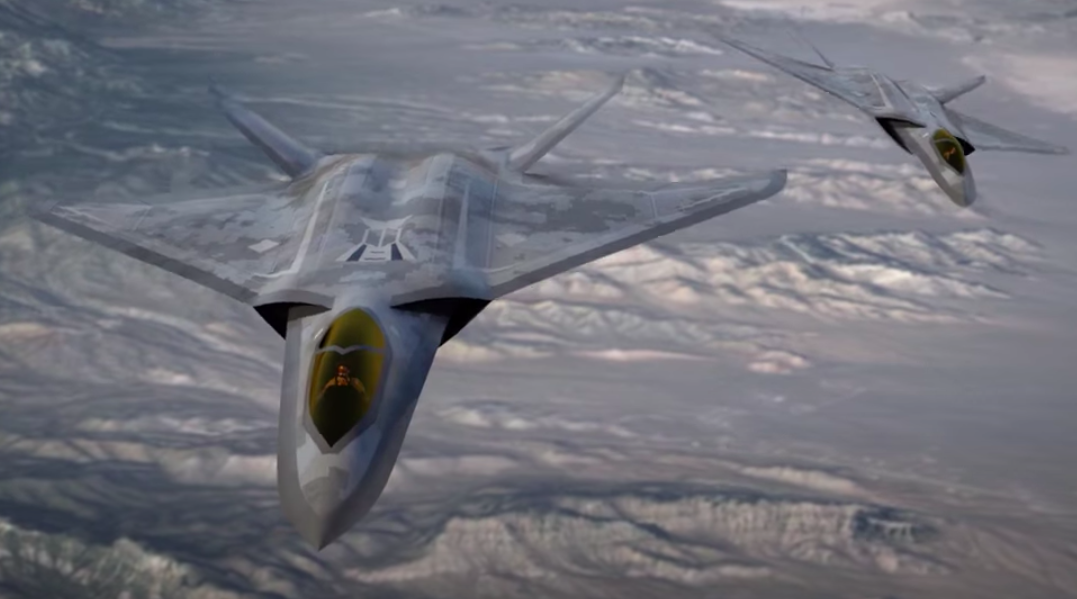
Lockheed Martin Skunk Works concept art of a sixth-generation fighter. (Lockheed Martin)
“Our objective is to determine the extent to which the Air Force demonstrated that the critical technologies used in the Next-Generation Air Dominance (NGAD) fighter aircraft were mature enough to support entry into the engineering and manufacturing development (EMD) phase of the NGAD program’s acquisition timeline,” Randolph Stone, assistant inspector general for evaluations, space, intelligence, engineering and oversight, wrote in a memo Monday announcing a new review.
The Air Force in a statement on Wednesday said it was aware of the IG evaluation and “will cooperate fully.”
The premise of the evaluation sounds simple enough, but there’s a problem: The NGAD program may not technically be in the engineering and manufacturing development stage just yet, based on the latest of several clarifying comments from Air Force Secretary Frank Kendall.
The Next Generation Air Dominance program is a family of systems that includes a sixth-generation manned fighter, an assortment of drones called Collaborative Combat Aircraft, new weapons such as the AIM-260 Joint Advanced Tactical Missile, and potentially other classified systems. At least one manned NGAD fighter prototype first flew in 2020, but the operational version of the aircraft won’t be ready to be fielded until at least 2030.
During a June event at the Heritage Foundation, Kendall said the service had “started an EMD program” for the NGAD effort, which would “do the development aircraft that we’ll take into production.”
The announcement raised speculation — including by Breaking Defense — that the Air Force had chosen a manufacturer for the NGAD fighter among competitors Boeing, Lockheed Martin and Northrop Grumman. However, Kendall later clarified that wasn’t the case, although a downselect is “not all that far away,” he said in July.
In subsequent public appearances, Kendall walked his comments back further. During the Defense News conference earlier this month, Kendall drew a distinction between the current status of the NGAD program and the official definition of EMD.
“I’m an old school guy. I’ve been around doing this stuff for a long time. And I still think of engineering and manufacturing development is a phase in which you are working on the new design,” he said.
Last week, at the Air and Space Force Association conference, Kendall stated point blank that the NGAD program has not officially begun EMD.
“There is a milestone in the formal process — Milestone B,” which occurs at the culmination of the technology maturation and risk reduction phase, right after a preliminary design review has been completed. “We have not gone through that formal process. So in that sense, we’re not [in EMD],” he said. Kendall added that he meant that the program was undergoing EMD “in my colloquial sense” because the service was into the design stage of the aircraft.
The IG memo provides no details on what specifically triggered the evaluation and does not reference Kendall’s comments on the program. It also notes that the focus of the assessment could change as new information emerges.
“We may revise the objective as the evaluation proceeds, and we will also consider suggestions from management for additional or revised objectives,” Stone wrote.






















